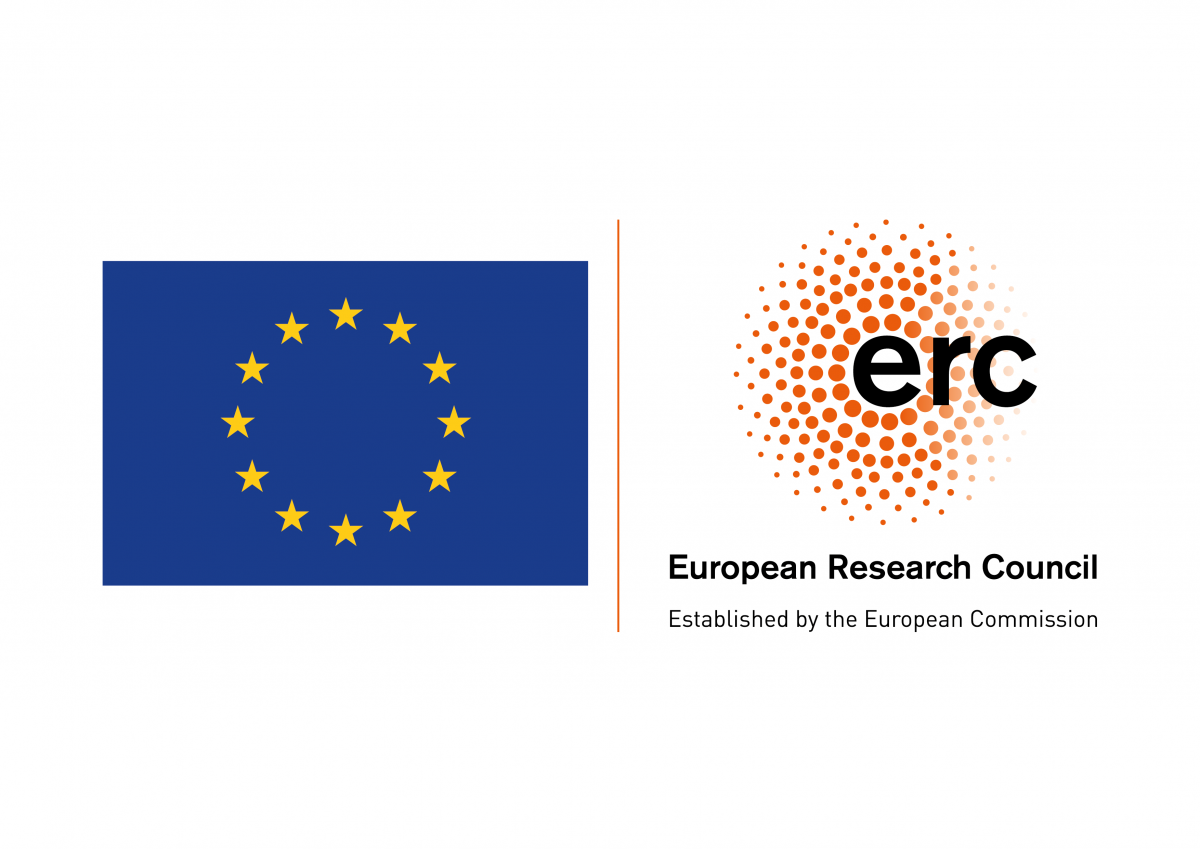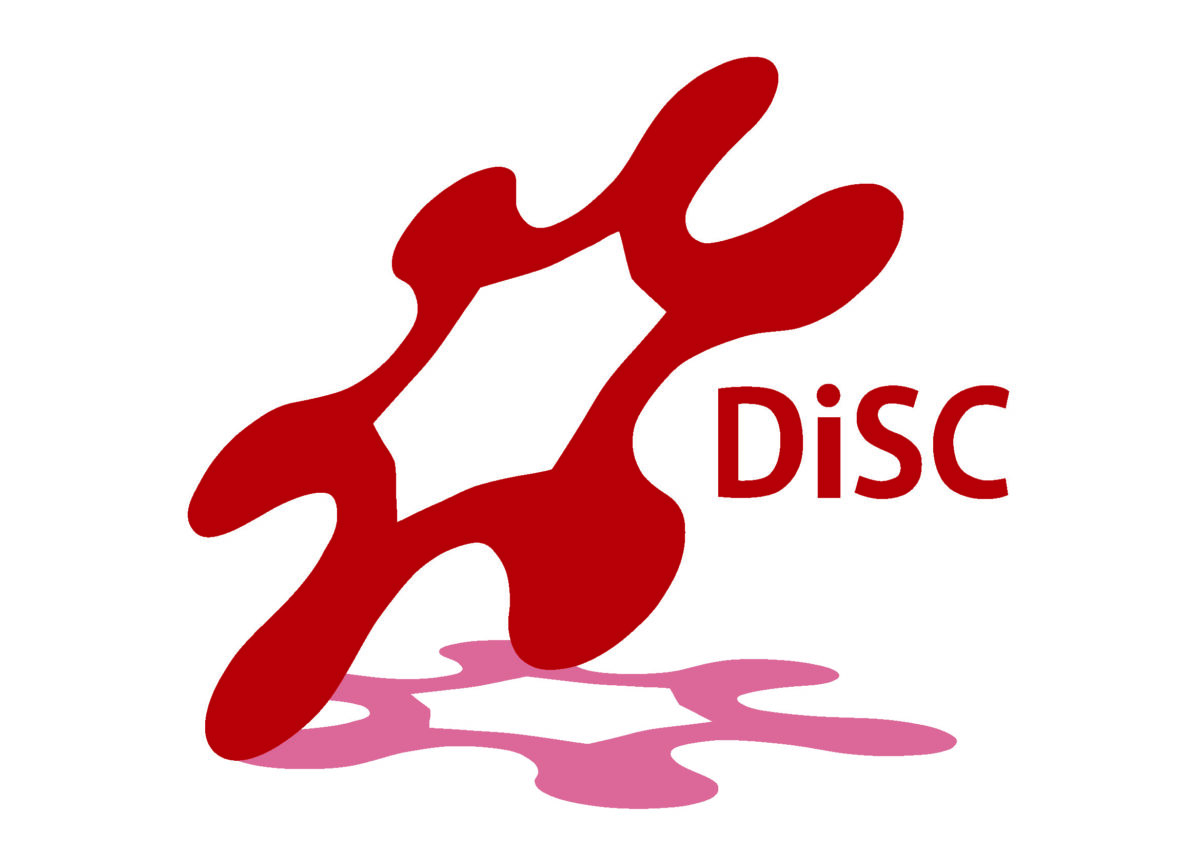Research areas
Organometallic synthesis and catalysis
Contacts: Prof. Cristina Tubaro, Prof. Andrea Biffis, Dr. Marco Baron, Dr. Thomas Scattolin
(Electrochemi)Luminescent dyes and materials science
Contacts: Prof. Alessandro Aliprandi, Dr. Marco Baron
Metal-Based Anticancer Agents
Contacts: Prof. Andrea Biffis, Dr. Thomas Scattolin,
Project
AIPhotoCat
Can the aggregation process affect the photocatalytic properties of a dye? The first phase of AIPhotoCat (Aggregation Induced PhotoCatalysis) project involves the study of the reactivity of the dyes developed in the framework of the ERC starting grant BioPoweredCL. Then, a detailed investigation on how the aggregation process influence the photocatalytic properties of such dyes, as well as of organometallic complexes exhibiting photoredox properties, will be performed. This proposal will open a new avenue in the field of photocatalysis by defining the new phenomenon of aggregation induced photocatalysis,
with important application in organic synthesis and material sciences; further to this, it will also potentially disclose new photoactivable drugs.

Coordinator: Prof. Alessandro Aliprandi
Procedura per l’attuazione dell’intervento FARE Ricerca in Italia: Framework per l’attrazione ed il rafforzamento delle eccellenze per la Ricerca in Italia – III edizione. Prot. R20S3XECXT
LUCES

The main goal of LUCES (Supramolecular LUminescent Chemosensors for Environmental Security) is the creation of a multidisciplinary network, comprised of researchers with complementary expertise from academia, technological centers and industry. This multidisciplinary group will be strongly committed to promote a competitive European network and in this way, LUCES is expected to become an international reference network that can be contacted by any researcher looking for specific solutions in this topic. Mobility of young researchers between different centers, both academic and industry, will reinforce the existing contacts and ease the success of the Action.
See more here: https://www.cost.eu/actions/CA22131/ , https://lucescostaction.com/ (WorkingGroup 1 and 2)
Contact: Prof. Alessandro Aliprandi
MEGS
MultiExciton Generation in tailored molecular heterojunctionS (MEGS) deals with the study of the exciton transfer dynamics of singlet fission chromophores, as polyacenes, diradicaloids and their derivatives, in prototypical donor/acceptor junctions that represent the core of organic photovoltaic devices. Besides higher sustainability and versatility if compared to inorganic semiconductors, molecular precursors offer a higher degree of opportunities for modifying the electronic properties of the material via chemical engineering, which results in unique pathways for enhancing charge transfer and carrier mobility. Novel materials will be study to find the most promising combinations for future photovoltaic devices, in particular by monitoring the exciton dynamics via time-resolved optical and photoemission spectroscopies.

Contact: Prof. Marco Baron
This project has received funding from PRIN: Progetti di Ricerca di rilevante Interesse Nazionale.
SupraPhotoChem
SupraPhotoChem (Chiral SUPRAmolecular Assemblies for Sustainable PHOTOCHEMical CO2 Valorisation) aims to develop phospholipid-based thin films assembled by controlled deposition methodologies onto different substrates, including electrode surfaces. These assemblies will incorporate different types of newly designed organic phenol-based photocatalysts and luminescent carbon-dots to provide them peculiar and tunable photophysical properties enhancing their photocatalytic performances in terms of selectivity and efficiency.

Contact: Prof. Alessandro Aliprandi
This project has received funding from PRIN: Progetti di Ricerca di rilevante Interesse Nazionale – Bando 2022 PNRR Prot. P2022WLAY7
Roxanne
Roxanne (redox triggered aggregation induced emission for high end applications) proposes the introduction of a new concept in aggregation induced emission (AIE) probes: an orthogonal redox trigger that can switch on and off the aggregation and, therefore, the luminescence. The proposed redox-triggered AIE system aims to shed light on the fundamental mechanisms of AIE, generate predictable quantitative responses, and open new possibilities in fueled biomimetic systems, mechanoluminescent sensing materials, and super-resolution imaging. The proposal also delves into the synthesis of Pt(II) complexes moving from the square planar to octahedral geometry, studying the aggregation process that becomes programmable and controllable. The addition and removal of labile axial ligands through oxidative addition and reductive elimination, respectively, offer a means to regulate the aggregation process with redox stimuli.

Coordinator: Prof. Alessandro Aliprandi
This project has received funding from PRIN: Progetti di Ricerca di rilevante Interesse Nazionale – Bando 2022 Prot. 2022ETBCER.
BioPoweredCL
BioPoweredCL aims to develop an unprecedented strategy to enable molecular imaging by realizing near infrared luminophores that harvest energy from the cellular respiration chain, in order to emit light without being consumed themselves. BioPoweredCL takes advantage of the most recent progress in artificial light production to develop a novel imaging technique where the absence of an excitation source overcomes the current limitations of fluorescence imaging while the regeneration of the luminophore overcomes the limitations of bioluminescence imaging.

Coordinator: Prof. Alessandro Aliprandi
This project has received funding from the European Research Council (ERC) under the European Union’s Horizon 2020 research and innovation program (grant agreement No 949087).

FunElectroWires
Conversion of CO2 and/or methane into valuable chemicals.
Supervisors: Sara Bonacchi, Alessandro Aliprandi and Marco Baron
Completed project
- ReAlCat – P-DiSC#01BIRD2019-UNIPD – Rediscovering aluminum organometallic compounds as homogeneous catalysts for CO2 fixation.
- DAAD Research Grants 2018 (57378443) – Gold(III) based capsoplexes as anion sensors in water.
- UniPD GRIC15V47A 2015 – Development of Strongly Luminescent Gold Complexes with diNHC Ligands for Advanced Applications.









